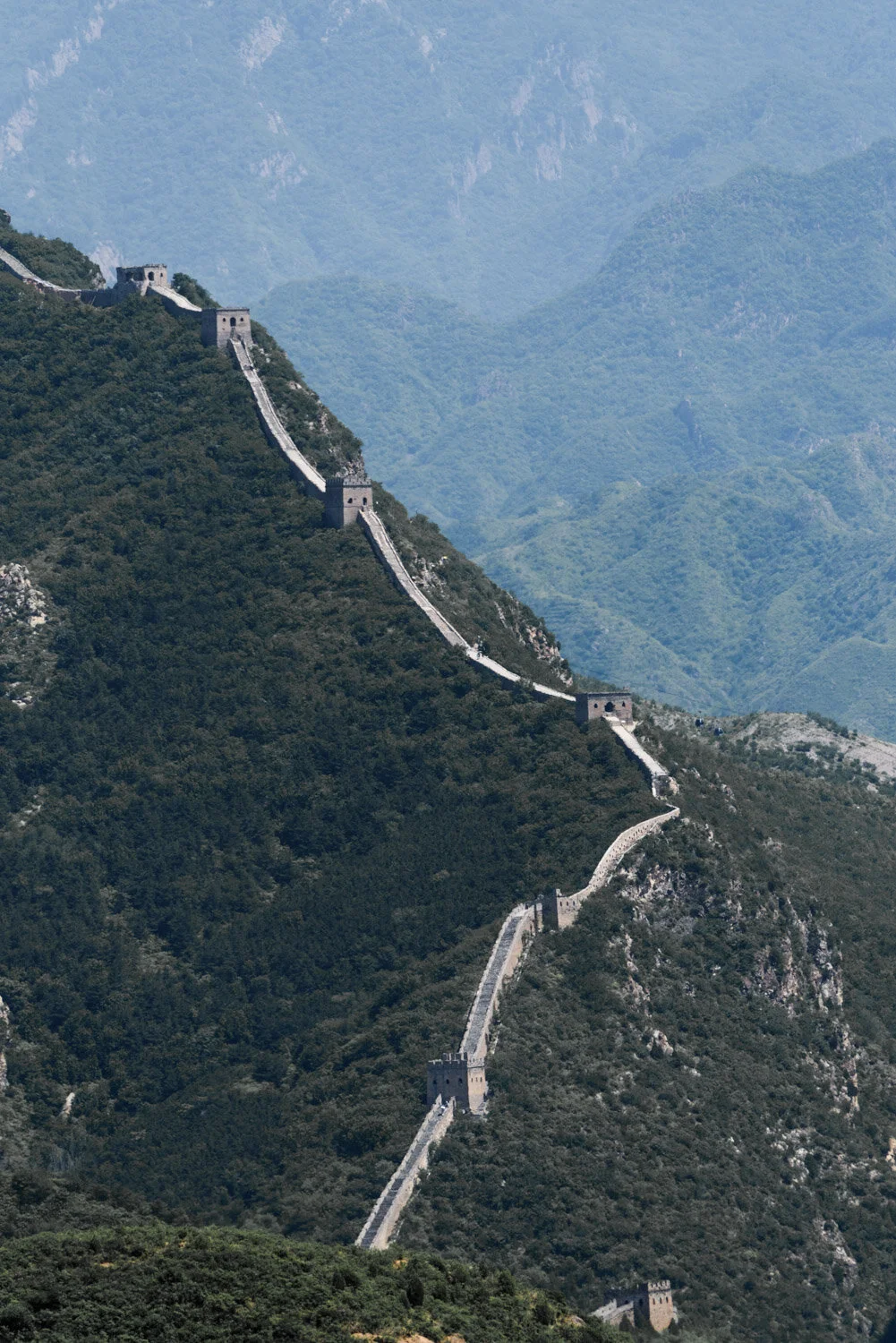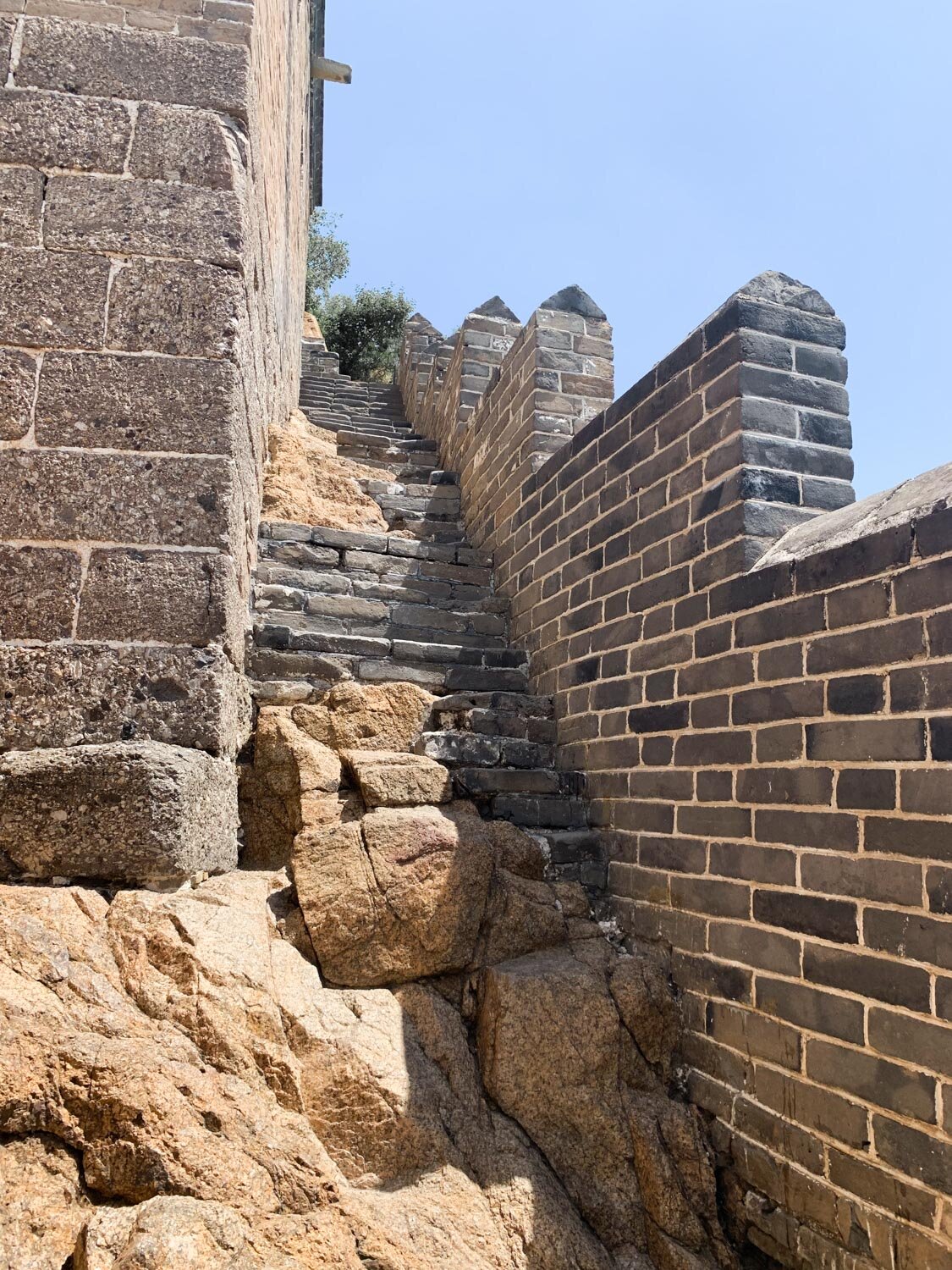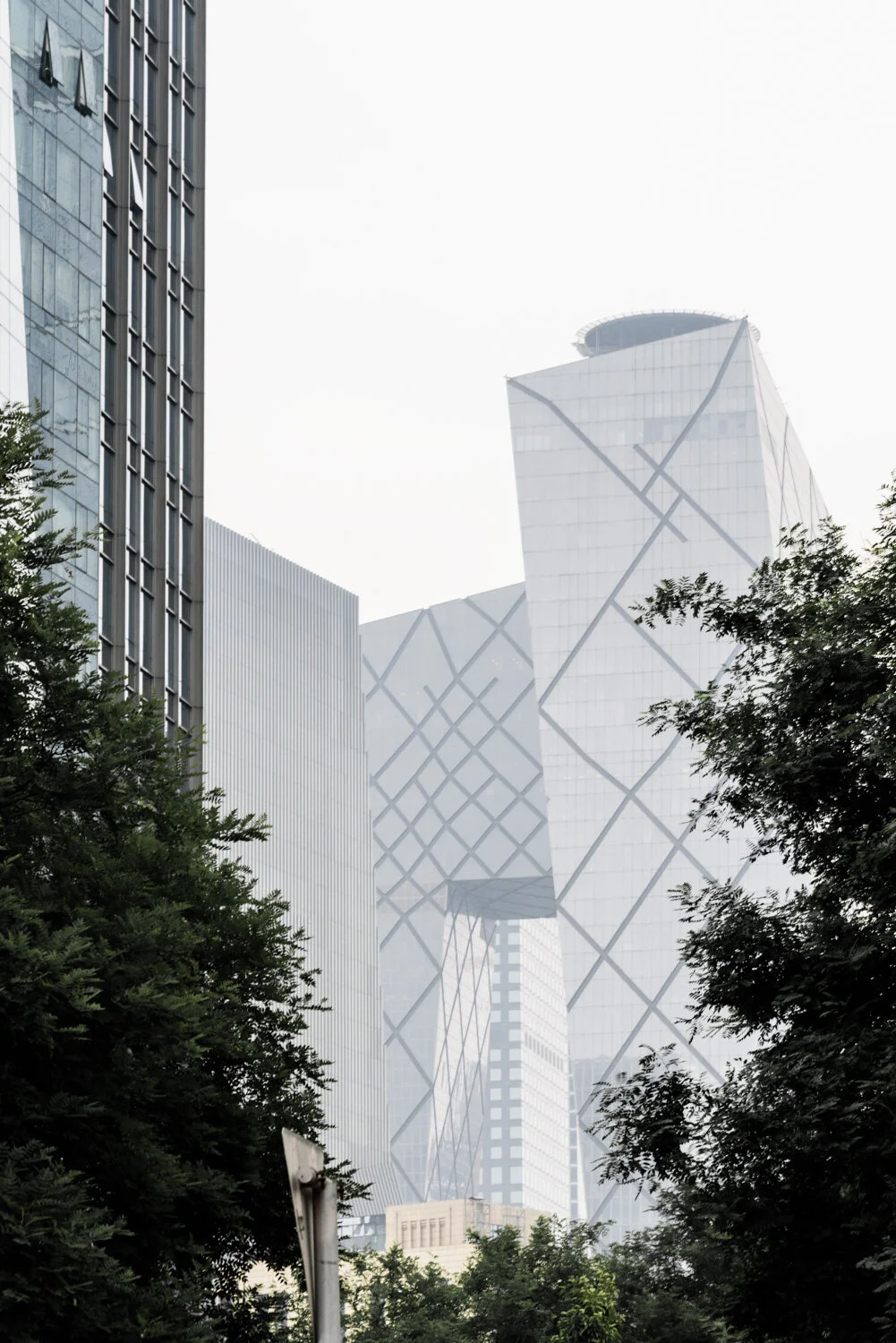Climb the Great Wall of China far from the crowds
Planning an excursion to the Great Wall can be confusing. The most famous walls in the world extend for about 21,000 km around Beijing, more or less far away, and are concentrated in 6 separate main sections.
Each fragment of wall that remains standing has its own characteristic: in some areas you can see a faithful, though artificial, reconstruction of the Wall, in others the crumbling remains of this immense monument, elsewhere a combination of them.
In addition to the characteristics of the building, a determining factor in the choice of the portion to visit can be the distance from the capital: some areas are easily accessible from Beijing, others require a trip of a few hours, for other areas is even recommended to stay overnight nearby instead of facing the long journey that separates them from the city.
The Great Wall has remained standing in separate and distant sections, the main ones of which are:
Jiankou, a wilder section,intact in its natural decay and placed in a particularly impervious area;
Mutianyu, completely restored and of great extension;
Huanghua Cheng, a fairly intact area and the only one located next to a lake;
Badaling, well preserved and restored, is the most accessible area from Beijing, and consequently the most frequented by tourists and locals;
Pan Long Gubeikou, an entirely original stretch, crumbling in some parts and wild. It has the charm of the original monument, without retouches, but it is difficult to walk, as it is interrupted by the vegetation in many areas;
Jinshanling, partially restored, complete with the various elements that made up the wall, such as barriers, walls, watchtowers, shooting holes ... It is the furthest area from the capital, and therefore one of the least beaten by tourists.
Which one to choose? It depends on what you plan to do, and how much time you want to dedicate to the visit. I, as always, chose the least beaten path, and I organised a day in the Jinshanling area.
A perfect combination of intact and original portions of the wall, and stretches rearranged to allow a continuous path along the ridge. The choice couldn't have been better: a bus from Beijing station leaves in the morning for Jinshanling. A bus, only one, the same one that in the afternoon, at a single time, goes back to the city.
Me and a handful of Western tourists arrived after 3 hours of travel to the Jinshanling tourist center. From here, several routes depart to climb up to admire the wall, or to begin a trek on its back, including a funicular that leads to the center of this stretch in a few minutes.
The concentration of tourists at the foot of the funicular disappears quickly, as soon as you enter the grove that covers the base of the hills.
A short walk up the ridge takes to the easternmost tower, Tachounkou. Access is difficult to find, and the absence of any tourist around it does not help to follow a beaten path. But as soon as you walk back and forth along the wall in front of which the path dies, and find the hidden access to the watchtower, you're faced with a breathtaking view.
Quiet. Rustling. The sun illuminates an endless forest of deep green hills on which stands here and there a tower connected to the other by a winding stone wall that traces the profile of the mountains. Immense and imposing, and so quiet that it seems for a moment to have left the chaotic, crowded and noisy China.
One proceeds westwards, walking on the back of the walls, crossing the towers that mark the path and serve as points of orientation, inhabited by some peasants that spends the torrid day in the shade waiting to sell a bottle of water or some T-shirt.
I walked alone, completely, for more than an hour. An indescribable peace and the wall that unfolded under my feet in a succession of uneven blocks, incredibly steep stairs, tiring climbs and some rare flat stretches. A demanding route. After an hour you begin to meet some rare tourist, a small schoolchildren on a trip, a more dense group of people as you approach the landing of the funicular.
And then again nothing, for another two hours in which the tiring ascent continues, alternating with steep descents that follow the hills. In some places the view is incredible over the entire monument, a honey-colored dragon that hides among the hills embraced by lush vegetation.
The route, after about 3 hours of walking, reaches the East Five-Window Tower, where a road descends again to the valley, towards the East Gate, where in the middle of the afternoon the bus departs to Beijing.
A majestic monument is expected, an unmissable historical testimony to visit, but in Jinshanling you will find much more: an unexpected oasis of peace away from the crowds.
TICKETS
The return bus ticket costs 120 Yuan.
The entrance ticket to the wall costs 65 Yuan.
HOW TO GET THERE
Take the tourist bus to Jinshanling which departs at 7:40 from Dongzhimen Wai Bus Station, and which runs from March to November. The journey takes about 3 hours. In the station there are not many signs, but just follow the concentration of non-Chinese tourists or show on the map your destination to drivers who walk lazily in the square.
Address: 45 Dongzhimen Xie Rd, Beijing 北京东直门外斜街45号
The bus arrives at the Mid Gate parking lot where the tourist center is located. Here you can buy tickets that will be checked at the main access gate. This is a 20-minutes walk away.
The same bus leaves at 16:00 to return to Beijing.
SMART TIP
If you want to walk along the wall, you can plan to start trekking, as I did, from Taochunkou and end up at the East Five-window Tower, from where a path leads to the East Gate. The bus back to Beijing waits here, and leaves from this station at 15:30, then stops at the main entrance of the site. This way you don't have to go back over the same stretch of wall in the opposite direction.
GOOD TO KNOW
On a summer day, an excursion to the wall can be very tiring and you will need a lot of water. Stock up at the visitor centre, or if you don't want to carry the weight of the bottles, along the way you'll find many vendors offering drinks at a modest price of 10 Yuan.











